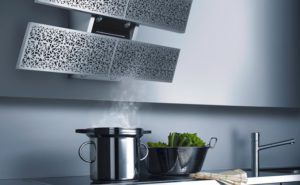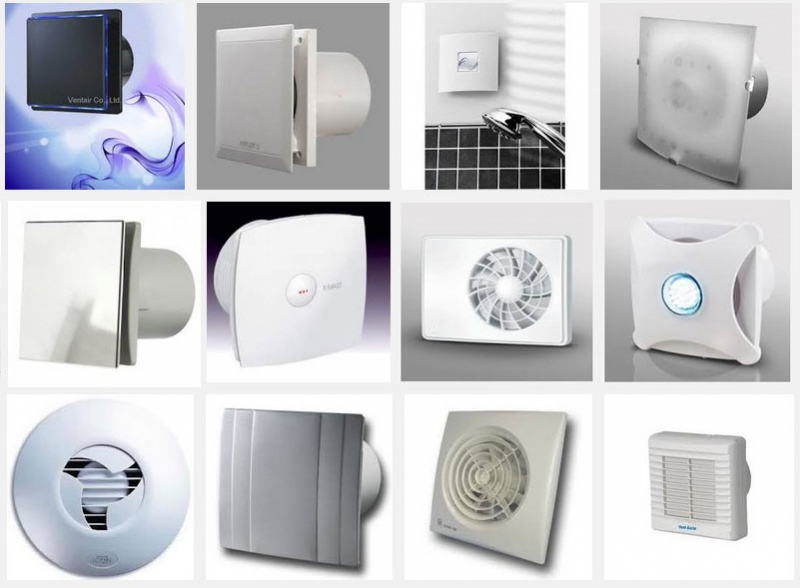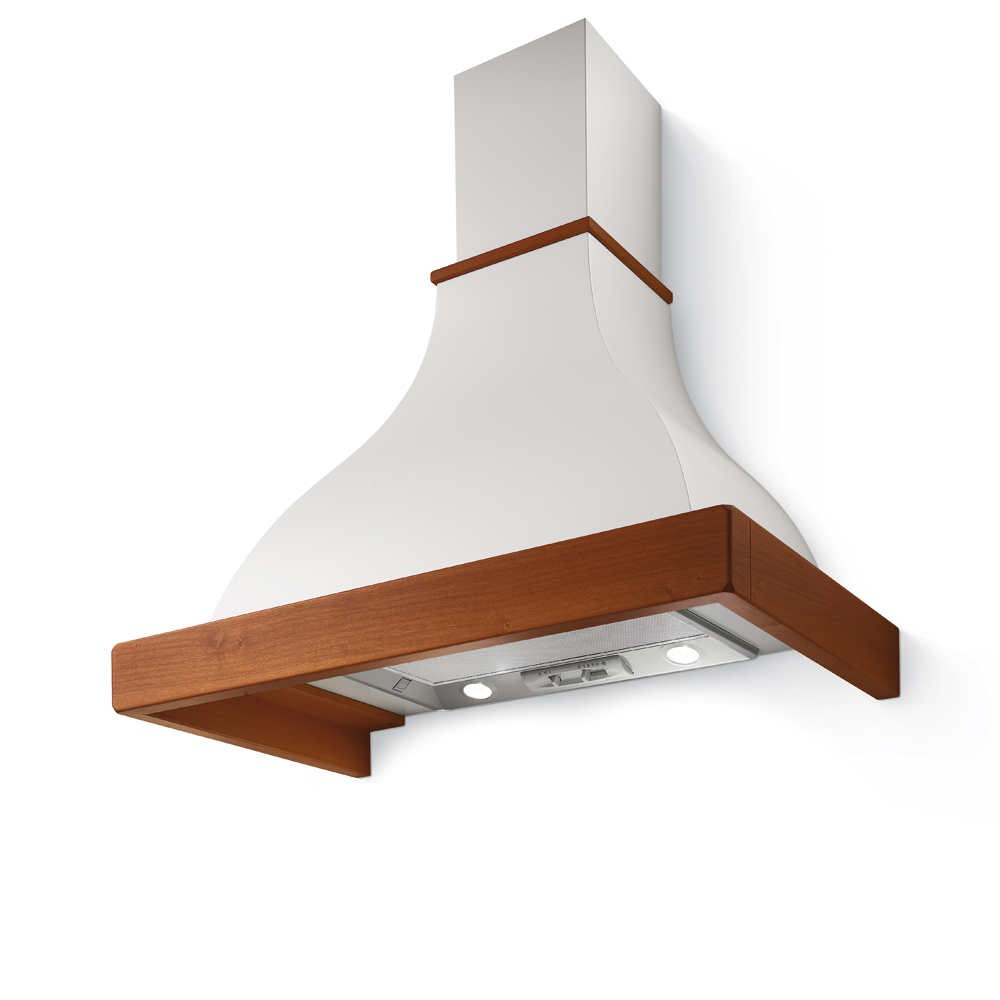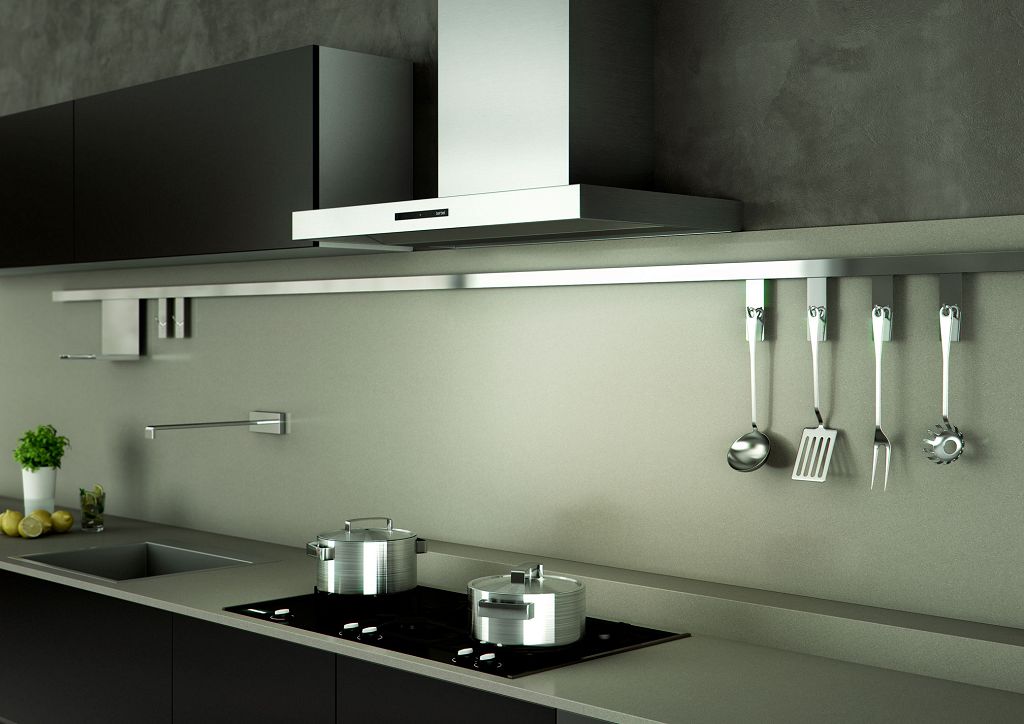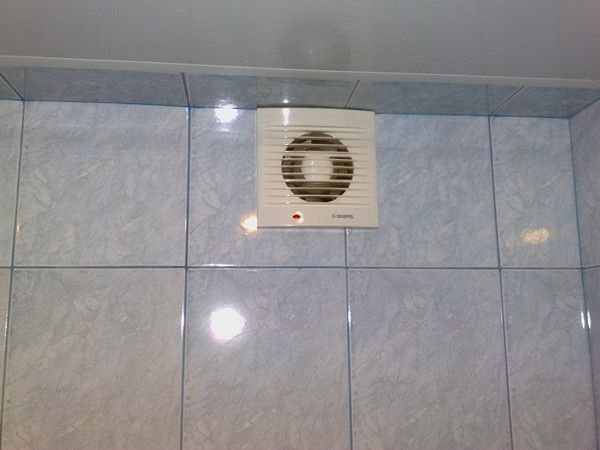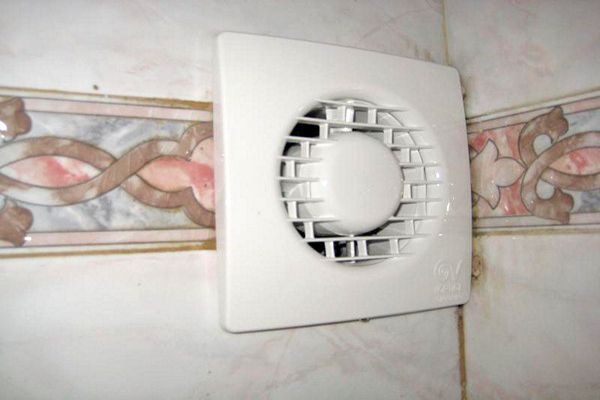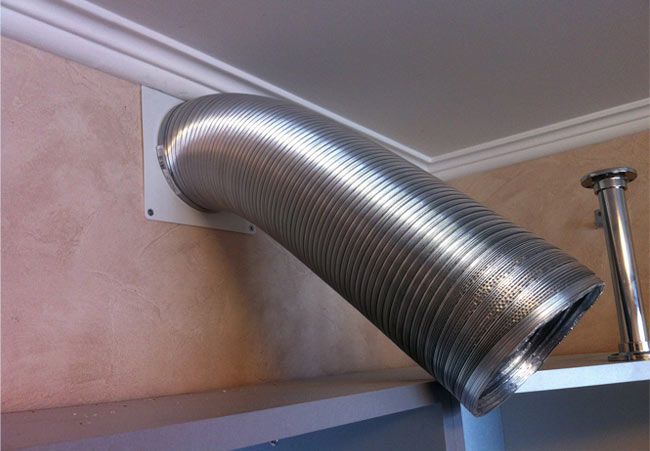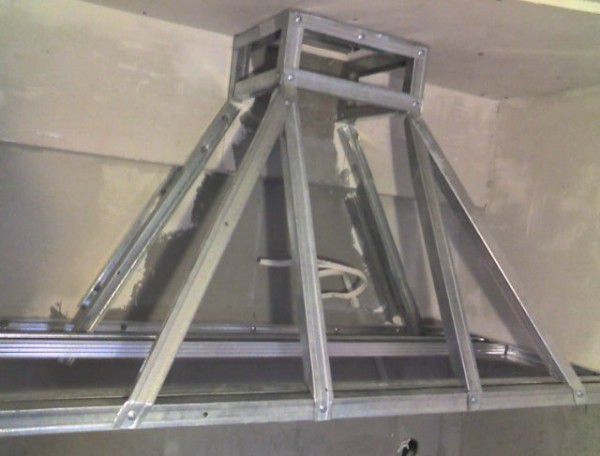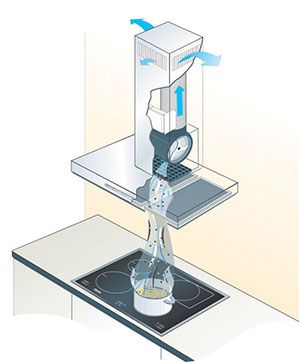To build a house or make major repairs in an apartment, without kitchen equipment with a suitable hood, is a waste of money. Soot from fire, fatty fumes and smells of cooked food very quickly permeate furniture and walls of not only the kitchen, but all rooms. Besides, clean air is a guarantee of health and good appetite!
Role of the cooker hood
The kitchen exhaust fan must function properly:
- clean the air from harmful combustion products;
- prevent the ingress of grease and soot on furniture;
- remove odors as much as possible;
- not create a lot of noise during operation.
The full implementation of all functions is possible if the extraction capacity is selected correctly. Companies specializing in the production and sale of this type of household appliances offer numerous options for kitchen hoods, their capacity is indicated in the passport. How do you know which one is right for you? A calculator and a simple but accurate calculation will help with this.
Performance and power
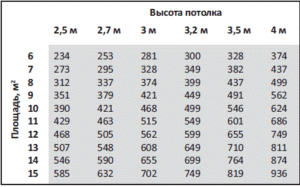
These two concepts, although closely related, are not the same thing.
The performance of a cooker hood is the amount of air that it is able to pump through itself in one hour. Measured in cubic meters per hour (m3/hour).
Power determines the amount of electricity that will be used to operate the fan, lighting and other functions of the hood. This indicator most likely affects the calculation of profitability. When deciding the question "how to calculate the exhaust power", one should pay attention to both maximum loads and intermediate ones, when working in different modes. The most correct calculation of power is average.
The standard formula for calculating performance looks like this: kitchen area multiplied by the ceiling height and multiplied by 12 (the air renewal factor adopted by sanitary standards), or (SxH) x12.
What affects performance?
A simple basic formula does not give a complete idea of what kind of hood will be needed in your case. In addition to the basic indicators, it is necessary to correct the calculation, taking into account:
- The principle of work.
- Features of the location.
- Hood design.
Let us consider in more detail how these parameters adjust the performance calculation formula.
How it works and performance
With all the variety of designs, the principle of operation of hoods is reduced to two options: for air removal and for recirculation.

Ventilation work
In this case, the fan absorbs the polluted air together with the soot particles and takes them out through the ventilation ducts. Since the air must be constantly renewed, for complete purification, fresh air must be supplied to the room.
Recycling work
In this way, the air in the kitchen is purified if there is no possibility for removal.Kitchen fumes pass through metal and charcoal filters and return back to the room.
How do these indicators affect the calculation calculator? Typically, recirculation hoods have lower performance, higher noise levels and require more power. For fans with a duct, the capacity is corrected in direct proportion to the length of the duct.
Location and performance
The increase in efficiency is associated with the location of the kitchen air purifier and the area of the room to be cleaned. The fact is that the standard calculation assumes a closed kitchen space. If the kitchen is connected to the living room or between the rooms the doorway is decorated with an arch without a door, you need to count the total area of both rooms.
The hood works efficiently if it is placed directly above the hob and slightly exceeds its width.
The air exchange coefficient adopted by SNiP 10-12 is also a relative value. The use of the hood economically allows an increase in the coefficient to 15 for electric stoves and up to 20 for gas hobs.
The calculators on many sites for calculating the power and performance of hoods mainly offer standard forms. The more accurate calculator will be the one in which you need to specify more parameters.
In any case, it is more advisable to buy a hood that has a performance slightly higher than the maximum required for you. This will ensure that it does not work in full mode, which in turn will reduce power consumption and, accordingly, extend the service life of the device. And the noise level is significantly reduced, which is important, especially during long-term cooking.
Which design is better?
There is no single answer to this question. Again, it all depends on the individual characteristics of the kitchen arrangement.
Dome hoods
A large fume cupboard in the form of a dome above the stove is considered to be the most efficient at this time. Such ventilation is appropriate in large kitchens, better with an island hob.
Flat hoods
The traditional design of this type is very common in places where there are problems with the installation of an air exhaust system. Basically, flat forms of ventilation devices are equipped with a filter system and work for recirculation and cleaning.
Built-in hoods
Their shape resembles domed ones, but smaller in size. The main part of the structure is hidden in a cabinet, only the control panel and the main panel are visible. The most ergonomic option, usually the least powerful. But there are exceptions.
A small kitchen area does not mean a low-performance hood. In small closed rooms with large volumes of work of the stove, the air is polluted much faster.
To summarize: calculating the required capacity of the hood is not difficult. This is easy with a calculator. The only rule is an individual approach to this event, taking into account all the nuances.

